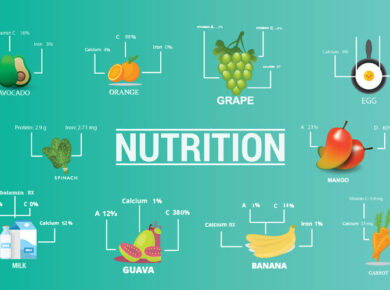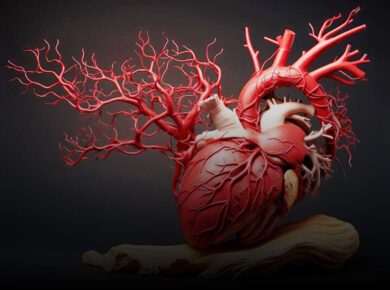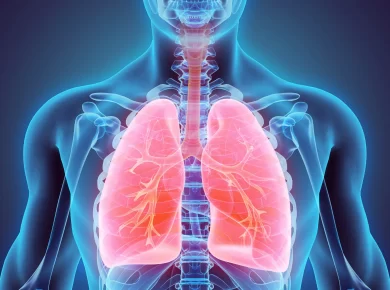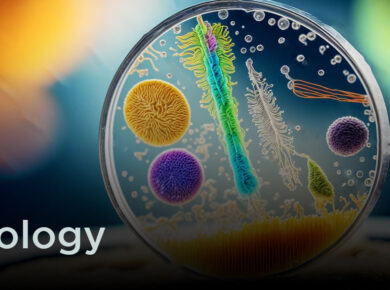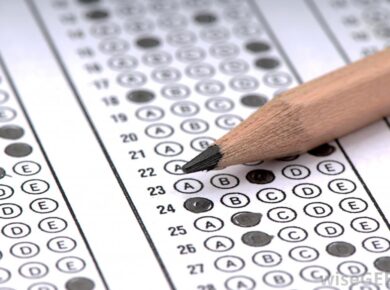Reproduction
The ability to reproduce is one of the essential characteristics of living beings. It involves the transmission of genetic material from the parental generation to the next generation, thereby ensuring that characteristics not only of the species but also of the parental organisms are perpetuated.
In this process by which a living organism produces its own kind is known as reproduction. Organisms reproduce and hence no fusion (asexual reproduction) and by formation – and the fusion of gametes (sexual reproduction).
Reproduction: Reproduction is the ability of living organism by which they produce offspring of their own kind. Organisms reproduce by this way:
Asexual reproduction involves the production of an offspring from a single organism without the formation of gametes. It is a common process of reproduction in bacteria, Protista, lower plants and lower animals.
Sexual reproduction is the production of offspring by the formation and subsequent fusion of gametes. At fertilization, the male and the female gametes unite to form a zygote which develops into a mature organism. Most animals and higher plants multiply by sexual reproduction.


